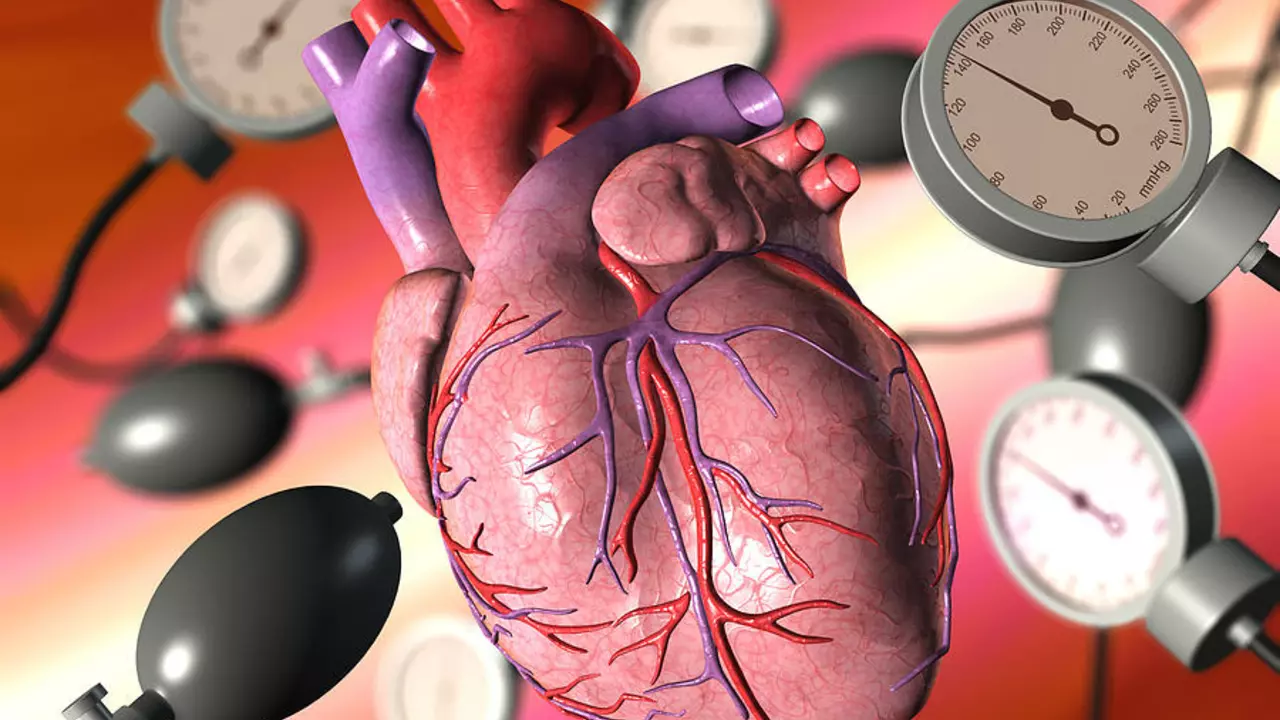Blood Pressure: How to Read It, Lower It, and Live Better
High blood pressure (hypertension) sneaks up on people and often has no obvious symptoms. You can have dangerously high readings and still feel fine. That’s why knowing your numbers, how to measure them right, and what actually helps is useful—fast.
What blood pressure numbers mean
Blood pressure is two numbers: systolic (top) and diastolic (bottom). Systolic shows pressure when your heart pumps; diastolic is the pressure when it rests. Targets: under 120/80 is ideal. 120–129/<80 is elevated. 130–139/80–89 is stage 1 hypertension. 140/90 or higher is stage 2. If you see 180/120 or more, get emergency care—very high readings can damage organs quickly.
Don’t trust one reading. Measure twice a day for a week, sit quietly for five minutes before measuring, use a cuff that fits, and take readings on the same arm. White-coat hypertension is real—if clinic readings are high but home readings are normal, ask about ambulatory monitoring.
Simple steps that actually lower blood pressure
Before swapping meds, small daily changes can move the needle: cut sodium (aim for under 1,500–2,300 mg a day), add potassium-rich foods like bananas and spinach, lose even 5–10% of body weight if you’re overweight, and aim for 30 minutes of moderate exercise most days. Try the DASH eating plan—it focuses on fruits, veggies, whole grains, and lean protein. Limit alcohol, quit smoking, and fix poor sleep; untreated sleep apnea often raises BP.
Stress matters. Not every stress fix lowers blood pressure long-term, but regular practices like brisk walking, short breathing exercises, or consistent sleep routines help. Track progress in a simple log and bring it to your doctor.
If lifestyle steps aren’t enough, medications are safe and common. Doctors pick from several classes: thiazide diuretics, ACE inhibitors, ARBs, calcium channel blockers, and beta blockers. Each works differently and has side effects—diuretics can change potassium levels, ACE inhibitors may cause a cough, and beta blockers can limit exercise tolerance. Your doctor will tailor choices to other health issues like diabetes or kidney disease.
Stick with follow-up. After starting or changing medicine, check BP more often for the first few weeks. If readings stay high or side effects appear, call your clinician—don’t stop meds abruptly.
Want more detail on related treatments or alternatives? We cover diuretics, inhalers, and other meds across our articles. If you’re unsure about numbers or treatments, schedule a visit—blood pressure is one of the easiest major health risks to manage when you act early.
The Connection Between Alfuzosin and Blood Pressure
As a blogger, I've recently come across a fascinating connection between Alfuzosin and blood pressure. Alfuzosin is a medication commonly prescribed to treat an enlarged prostate, and it turns out that it can also have a significant impact on one's blood pressure. Through my research, I discovered that this drug works by relaxing the smooth muscle in the prostate and bladder neck, ultimately improving urine flow and reducing blood pressure. However, it's crucial to understand that while Alfuzosin can help lower blood pressure, it may cause side effects like dizziness or even fainting in some individuals. So, if you're considering this medication, it's essential to consult with your healthcare provider about the potential benefits and risks.

